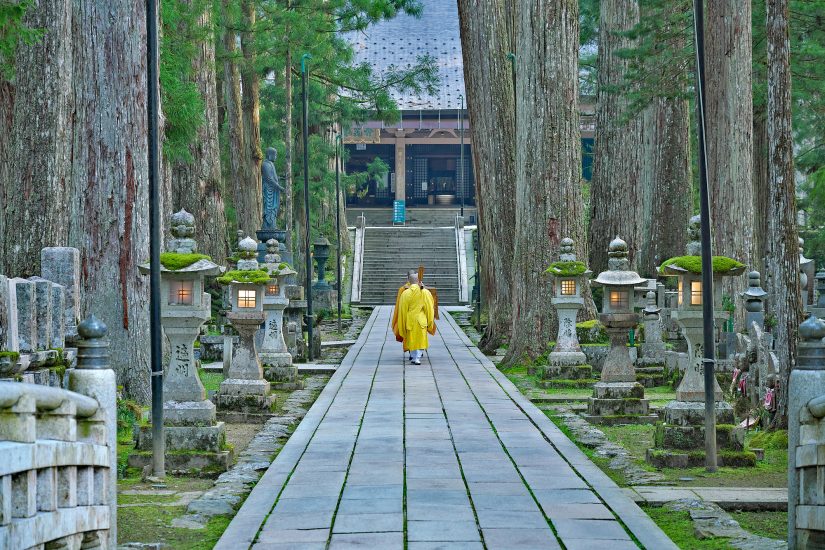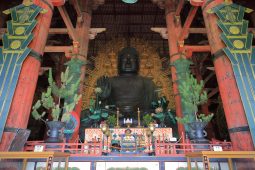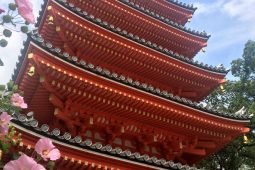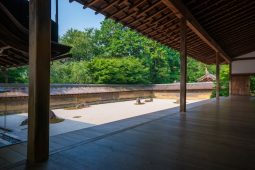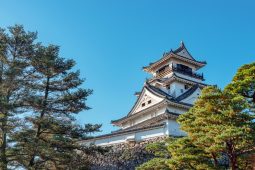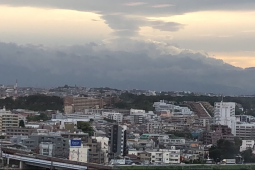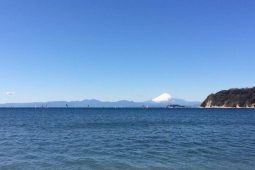Mount Koya is the location of a historic Buddhist monastic settlement in Wakayama Prefecture which is a popular center of pilgrimage and also a designated UNESCO World Heritage Site. Located on an 800 m high plateau and surrounded by forested mountains, Mount Koya has 117 temples, among which are many historic buildings and traditional gardens. Many tourists come simply to view these sites, but many also come on retreat, to stay at a Buddhist temple, and to take part in meditation sessions and other ancient ceremonies. Many temples on Mount Koya have lodgings for guests which are called 宿坊 (shukubō) and staying at one of these temples can be highly enjoyable while offering deep insights into Japanese spirituality and culture. In this article, we will introduce three temples offering shukubō lodging, but first, let’s take a brief look at Mount Koya’s history.
Mount Koya & Shingon Buddhism
The settlement at Mount Koya was founded in the year 819 by the monk Kukai (also known as Kōbō-Daishi), a legendary Buddhist saint and scholar who had traveled to China to study esoteric Buddhism. On his return, Kukai established the Shingon sect of Buddhism in Japan, and Mount Koya is still the headquarters of Japanese Shingon Buddhism today. Shingon is a mystical form of Buddhism that emphasizes ritual ceremonies, and meditative practices focused on symbols and mandalas. In fact, the entire Mount Koya settlement is meant to be a giant geographic mandala, with eight mountain peaks that surround the plateau representing lotus petals, and a pagoda called the Konpon Daito at its center.
Itijyoin Temple
This temple is called 一乗院 which on their official website they write as Itijyoin, but which might be more easily pronounced as Ichijō-in. Although you might imagine that staying at a Buddhist temple would be an austere experience, this temple offers very comfortable lodgings which are comparable to those of the best traditional ryokan inns. Guest rooms are tatami-matted and decorated simply in the traditional Japanese style with paper screens, sliding doors, and beautiful works of calligraphy or hanging picture scrolls in a recess. Guests can sleep comfortably in futons, enjoy tranquil garden views, bathe in the communal bathrooms (which are separated by gender), and view the temple’s artworks. Delicious meals of traditional Buddhist vegetarian cuisine, called shōjin ryōri (精進料理) are served in the guest rooms. Guests who wish to do so can also take part in spiritual practices such as copying the Heart Sutra by hand, meditating, or attending the early morning service (from 6.30 to 7.15). This temple is centrally located and so very convenient for viewing the local sights.
Fukuchi-in Temple
Fukuchi-in is an 800-year-old temple which offers a similar shukubō experience to Itijyoin. Here again, you can stay in traditional tatami-matted rooms, eat vegetarian meals, attend morning prayers, and copy Buddhist sutras or images. What makes this shukubō a little bit different is that it is the only one on Mount Koya that has its own onsen hot spring with natural mineral waters. These waters can be enjoyed in communal bathing areas (separated by gender) with indoor and outdoor baths and a sauna. Fukuchi-in also has a garden designed by the famous landscape architect Mirei Shigemori which you can view from a “coffee corner” with a covered veranda. This temple is centrally located and convenient for many of the most famous sights.
Eiko-in Temple
Eiko-in Temple is over 1,000 years old and offers typical shukubō-style accommodation in Japanese rooms, with vegetarian meals, a beautiful garden and free Wi-Fi internet access. Spiritual practices here include meditation, sutra copying, morning service attendance, and a very dramatic fire ritual. What makes this temple unique is its location, which is very close to the Okunoin Cemetery. This cemetery is actually a major tourist attraction on Mount Koya, because it is the last resting place of the monk Kukai, who brought Shingon Buddhism to Japan and founded the Mount Koya settlement. Kukai is an important figure in Japanese history and culture, so many famous and historical people have chosen to have their tombs here — close to Kukai’s mausoleum. Eiko-in Temple offers night-time tours of this atmospheric cemetery with English speaking monks who can point out the more significant graves along the way. This temple also has the added advantage of English language information on their website: https://www.ekoin.jp And you can book the Okunoin Cemetery tour here: https://www.night.koyasan-okunoin.com/


